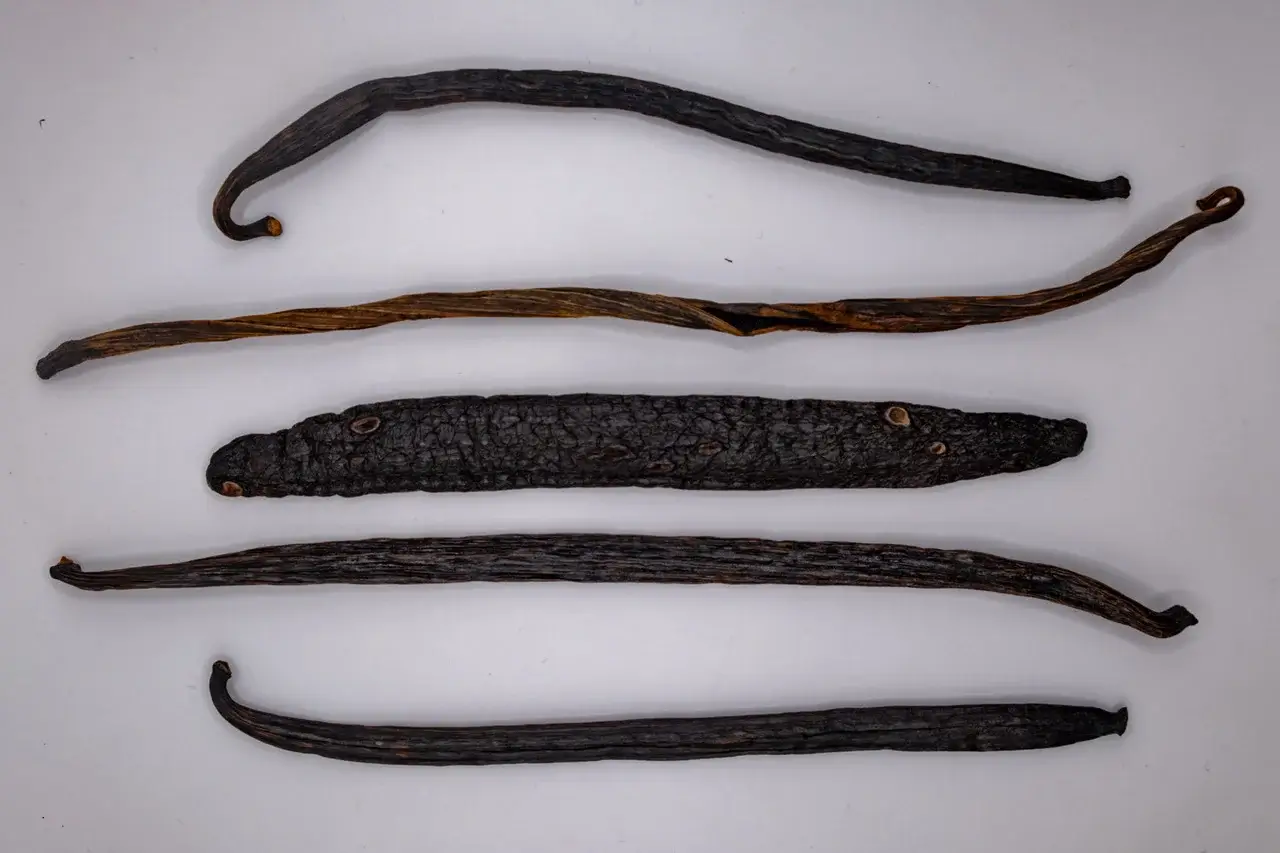Huberto Juan Martinez (54) is not at dwelling as soon as we stop in entrance of his house in Cerro Armadillo Grande. “He is engaged on the plantation,” his partner proclaims. Huberto and his youthful son are inspecting the crops that ensure that the family’s livelihood. With their machetes in hand, they clear away any undesirable flora encroaching on their plot. As we stroll by the plantation, Huberto’s son nudges the oranges on a close-by tree, handing only a few to us to benefit from alongside the way in which wherein.
Espresso crops and vanilla thrive collectively beneath the duvet bushes proper right here. The agroforestry system that Juan Martinez has established on this small parcel of land attracts inspiration from every—ancestral info and the native environment the place vanilla naturally grows.
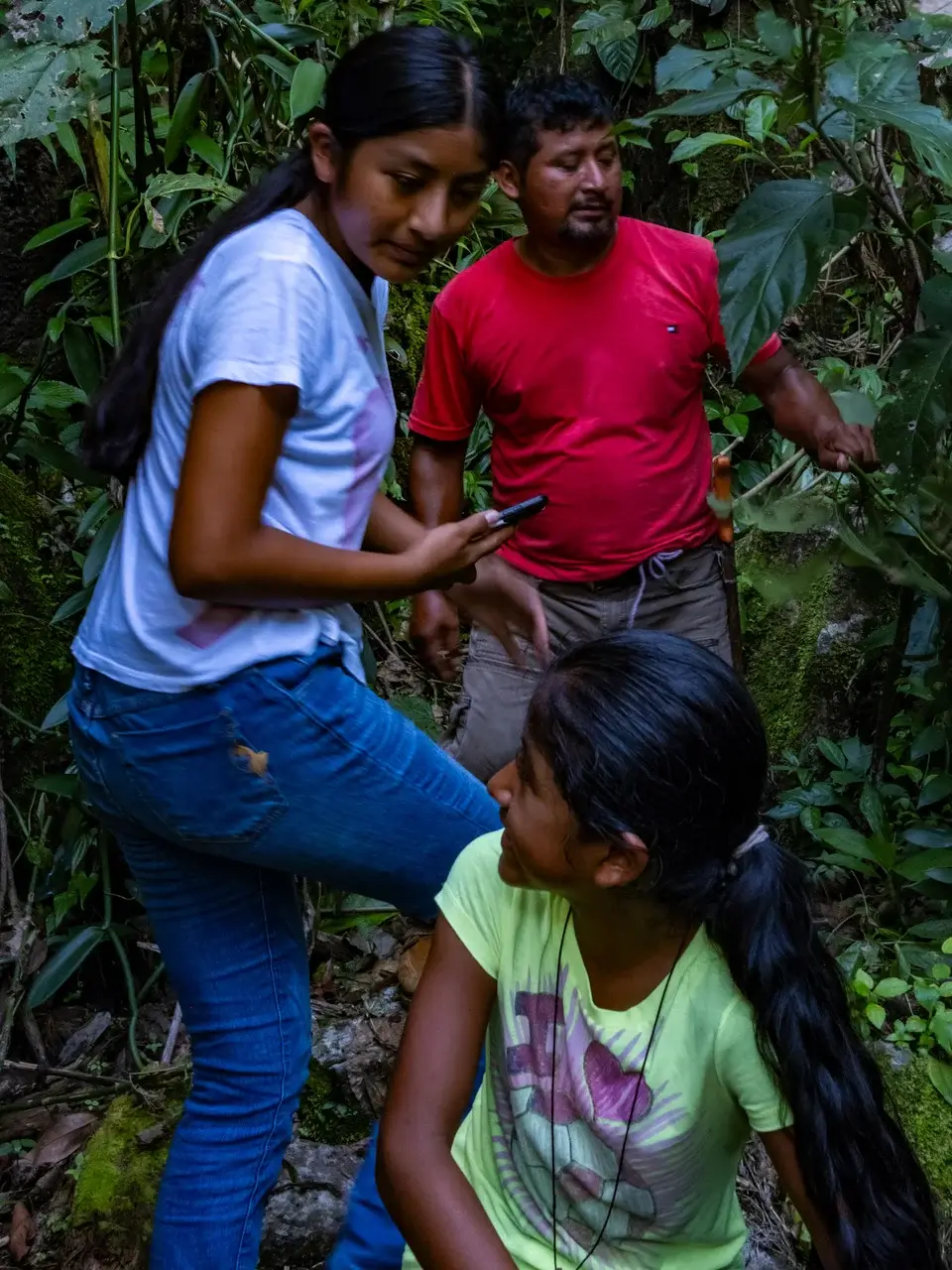

Whereas this style of rising vanilla is beneficial in cases of native climate change, this yr, native producers misplaced almost all of their manufacturing due to the extreme heat inside the space.
Mexico belongs to the very best 5 producers of vanilla. Between 2017 and 2021, the nation produced 546 tons a yr on widespread. Out of seven,704 tons produced globally in 2022, 518 tons had been from Mexico, UN Meals and Agriculture Group opinions. Most Mexican vanilla is produced inside the state of Veracruz and solely about 10percent comes from Oaxaca; such a loss, nonetheless, impacts native farmers in the case of their livelihood and cultural preservation.
Nature and custom
Vanilla is initially from Mexico. Vanilla inside the Chinantla space inside the southern Mexican state of Oaxaca, the place Cerro Armadillo Grande is positioned, grows not solely on plantations however as well as inside the wilderness of native rainforests. La Chinantla space is known for numerous microclimates, from tropical rainforests to cloud forests and mountainous terrains. Seven kinds of vanilla species is perhaps found proper right here, and it is attainable that there are additional that are totally wild and laborious to trace inside the jungle. “We named all of them by the places the place we found them,” says Elias Garcia Martinez (79), a Chinantec man who has spent the ultimate 40years recovering Chinantec nature and custom. The commonest is vanilla colibrí, named by an space hummingbird that pollinates vanilla inside the wild.
full_link
READ MORE
Huitlacoche, a Mexican fungus, is popping up on restaurant menus all through the US
Once more then, in his village of San Felipe Usila, people had been burning the forests to rearrange their plots to develop meals. “We wished to stop the fires and decided to introduce crops that will help us obtain this,” Garcia Martinez remembers. “We wished to re-introduce native crops, akin to cacao, pacaya palm that is edible, and vanilla. All these crops develop beneath the shade of bushes.” Whereas he was the one who launched up the idea, it turned out to be a endeavor of the group. “We aimed to get higher areas that suffered from environmental harm along with re-evaluate our custom,” he says. To Garcia Martinez, vanilla is a method to guard the jungle and the Chinantec custom. “If we stop naming certain species in Chinantec language because of they are not present anymore, we start dropping the language,” he explains.
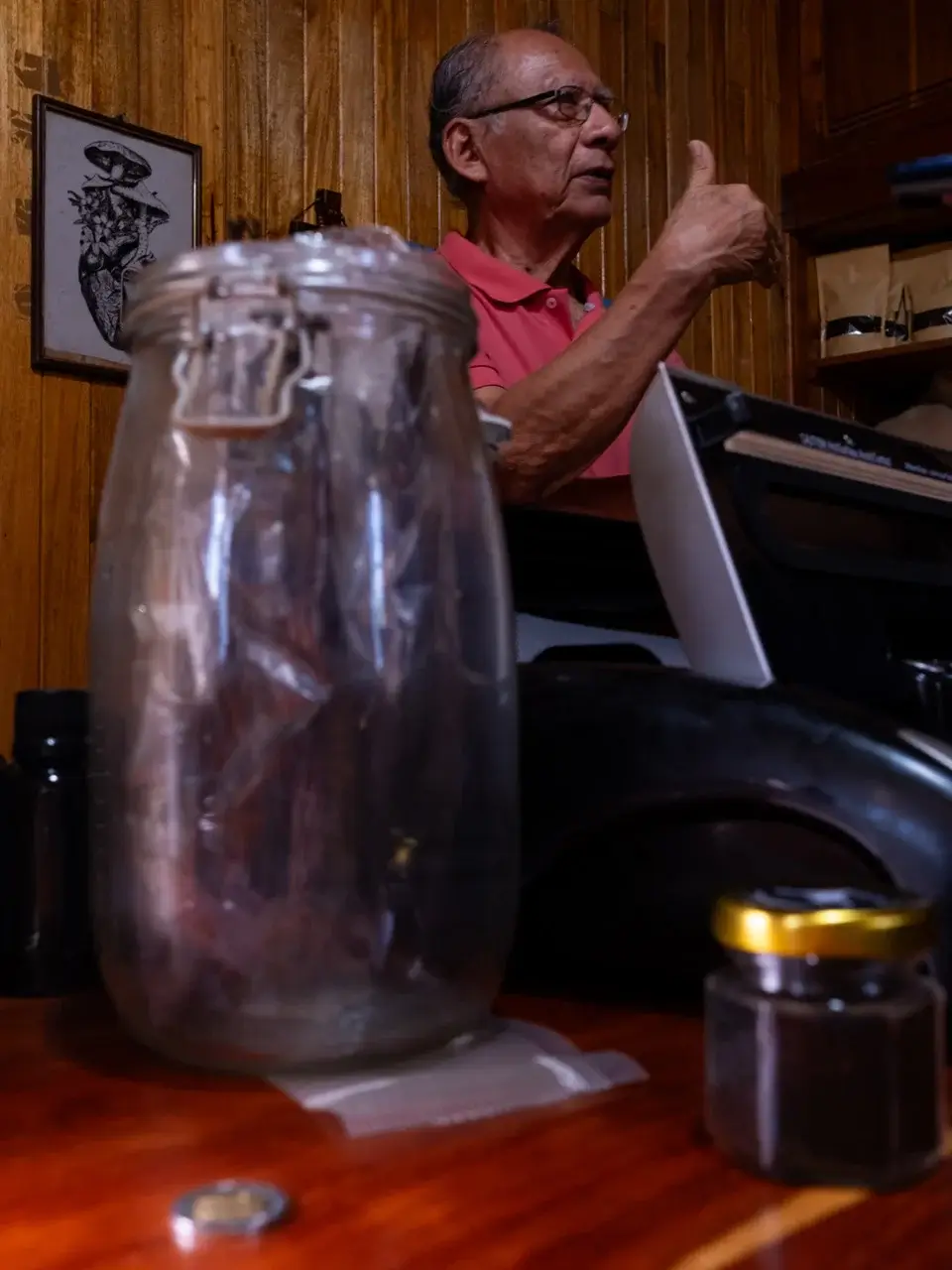

Ancestral practices
To guard the custom, native farmers have put numerous effort into implementing numerous choices to keep up on producing vanilla. And, on the similar time, these choices are impressed by their custom, their communal methodology of organizing themselves along with their cosmovision of being strongly linked to nature and to their place.


All vanilla grown inside the space is protected by totally different bushes. Much like Indigenous people in Oaxaca, and previous, develop their important crops—corn, beans, and zucchini collectively on one plot known as milpa—they sometimes do the similar with totally different crops, along with vanilla. The plant is thus shielded from the merciless daylight whereas it absorbs nutritional vitamins from the encircling vegetation. The agroforestry system moreover provides farmers with the chance to diversify their crops. Huberto markets espresso, vanilla, and even cedro bushes for timber.
The oldest vanilla crops at Juan Martinez’ plantation are six years outdated. They’re climbing up the supporting bushes as if their leaves had been hugging them. “There is a protocol of the way in which to develop vanilla, what kind of bushes operate good supportive bushes, and the way in which to look after the plant,” says Arturo Elias Garcia Gonzales (40). He is Elias’ son and our info in La Chinantla. He buys vanilla from native farmers, dries it and sells it. Furthermore, he manages his experimental plantation, Colibrí, inside the shut by village of Cerro Armadillo Chico. He refers to it as experimental because of it is a plot of land granted by the native individuals for him to examine various methods and practices for rising vanilla.
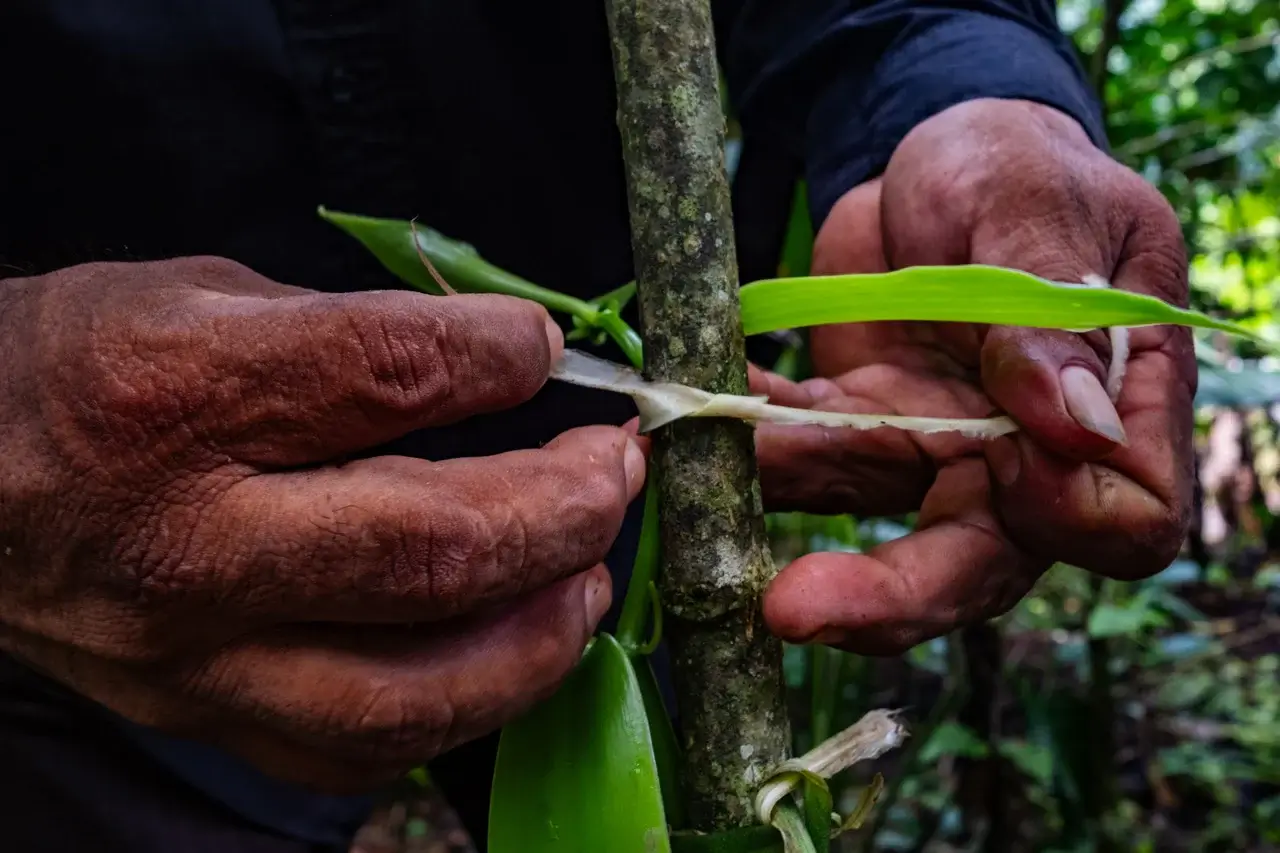

As we wander by Arturo’s plantation, it looks like we’re navigating a dense jungle. He deliberately planted solely vanilla on this house. Amongst his 500 crops, only a few have purple bows tied spherical them. This, too, is an age-old customized. “Proper right here we contemplate in curses, or mal de ojo, we contemplate some people have a very sturdy look and with out wanting, they may harm the crops. So, these purple bows are to protect my crops from curses. And, on the similar time, the crops which have purple bows are these that are going to offer,” explains Garcia Gonzales.
He moreover mentions mutual help, which is one different apply widespread in Chinantec communities, that he incorporates at his work. “It is a apply known as mano vuelta or turned hand. Usually, people merely would not have money to pay for work, so that they ask any particular person to current them a hand. For example, if I can not come to the plantation, I ask Huberto if he can come and tend the crops,” Garcia Gonzales explains as Huberto is clearing the foliage throughout the vanilla crops on plantation Colibrí as we’re visiting. “After which when he desires help and I am accessible, I assist him.” Garcia Gonzales moreover makes use of this when promoting vanilla, for example, when consuming locations invite him to discuss his experience with vanilla manufacturing.
Lack of produce
However, the way in which wherein that the Chinantec people develop vanilla was not enough to protect the crops. Native climate change is impacting vanilla manufacturing in a lot of elements of the world, along with in Madagascar—crucial producer of this plant used worldwide as a fragrance and for the delicacies. “Vanilla manufacturing is at extreme risk on account of the implications introduced on by native climate change,” says Alejandro Quirino Villarreal, professor on the School of Agronomy on the School of Veracruz, for Diario Xalapa. He says scientists at his school are exploring adaptation mechanisms and the way in which to make the plant additional proof against extreme temperatures in Veracruz, the hometown of vanilla.
Vanilla have to be grown in places the place the temperature is between 25 and 35 ranges Celsius all yr lengthy. It moreover desires safe annual rainfall of roughly 1500 to 2500 millimetres to develop healthily.
full_link
LEARN MORE
Why we are going to’t get Mexico’s butter avocados inside the US.
Juan Martinez already collected vanilla 4 cases; nonetheless, this yr, he misplaced most of his produce. “Vanilla pods fell due to extreme heat and droughts,” he says.
“All of our producers estimate that we misplaced about 80 % of this yr’s produce,” says Garcia Gonzales as he reveals us the remnants of branches the place flowers used to develop.
The drought season in Oaxaca aligns with the interval of vanilla fruit growth. This yr, rains arrived in June, nonetheless by mid-May, the crops had already started dropping their fruit. To forestall the similar issue happening as soon as extra, La Chinantla producers are considering water capturing initiatives or irrigation applications, which might be in demand all through the state after this yr’s dry season. “Ensuing from our monetary state of affairs, we would not have an irrigation system proper right here,” saysvanilla producer Francisco Mendoza from San Rafael Agua de Pescadito. Garcia Gonzales moreover admits that the dearth of sources is one objective why water-capturing initiatives are lacking inside the house. Nonetheless, the producers are actively investigating options for potential partnerships and collaboration with native communities.
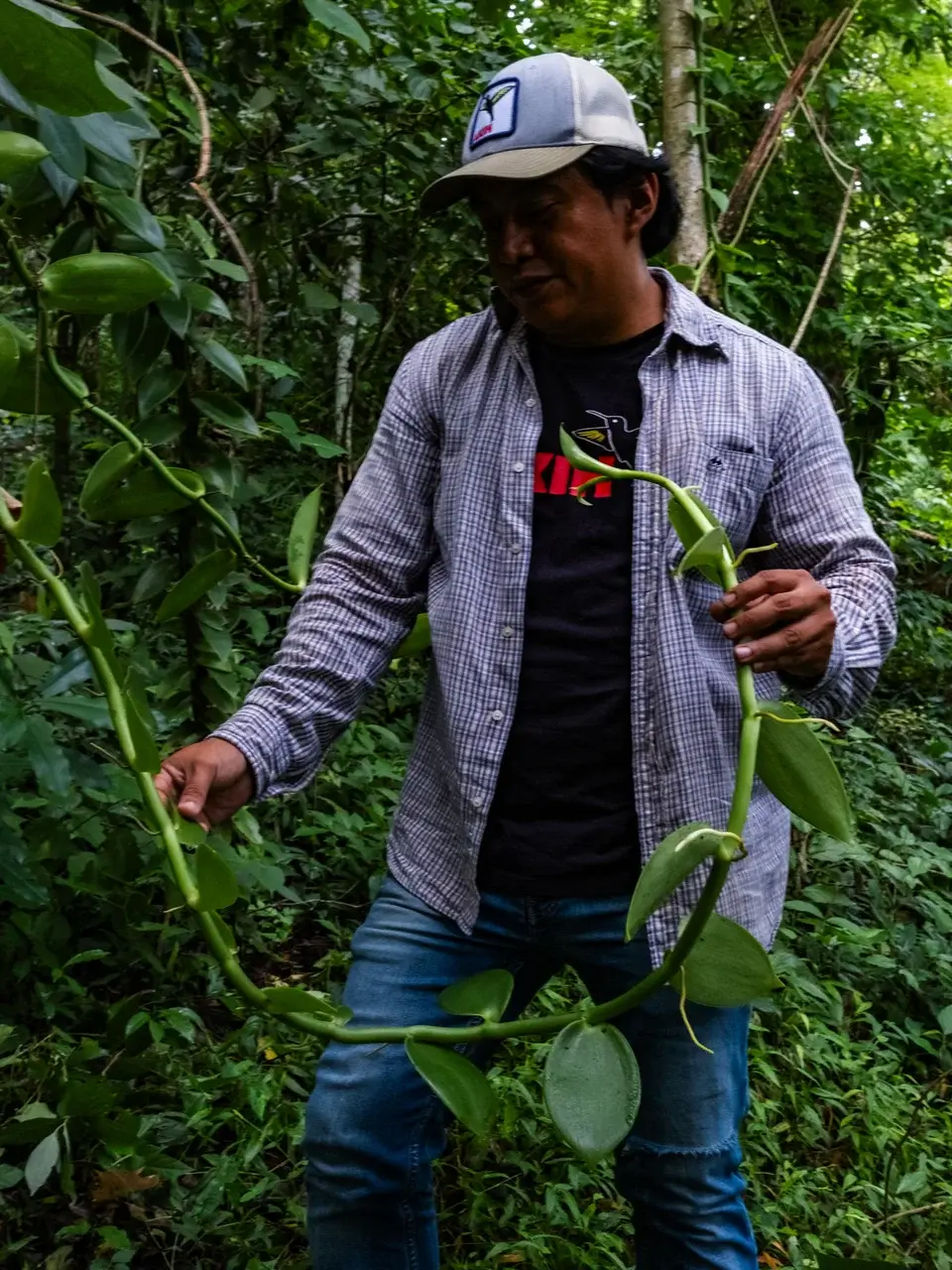

Vanilla is not the precept crop Juan Martinez produces; it is additional of a complementary one, however such a loss nonetheless impacts him, largely as a consequence of all the funding that rising vanilla requires. “It’s important to come and take a look at the crops commonly to confirm they’re rising properly. You pollinate them by hand when the orchid blossoms,” he explains.
Looking for market in Mexico
The scarcity of water is just one in every of many hurdles coping with vanilla manufacturing inside the La Chinantla space. One different essential state of affairs is migration. Take Juan Martinez’s eldest son, as an illustration—he prefers to go north to hunt out employment in Mexico fairly than proceed working as a farmer. And he is not the one one. When Sluggish Meals—a worldwide movement to ensure prime quality meals that helps farmers the world over—turned fascinated about vanilla manufacturing in La Chinantla in 2000, there have been 150 households involved inside the endeavor. Sluggish Meals helped carry visibility to Mexican vanilla manufacturing inside the space. Nowadays, Akih vanilla, the endeavor of Arturo Elias Garcia Gonzales, unites solely 14 households. “Vanilla is a fragile plant. A number of individuals are fascinated about producing it nonetheless with the first plague, they abandon the fields and look for one different crop, or they migrate,” says Mendoza, who was a migrant inside the US himself. He moreover requires additional technical assist; for example, close to the way in which to place collectively pure fertilizer for his crops.
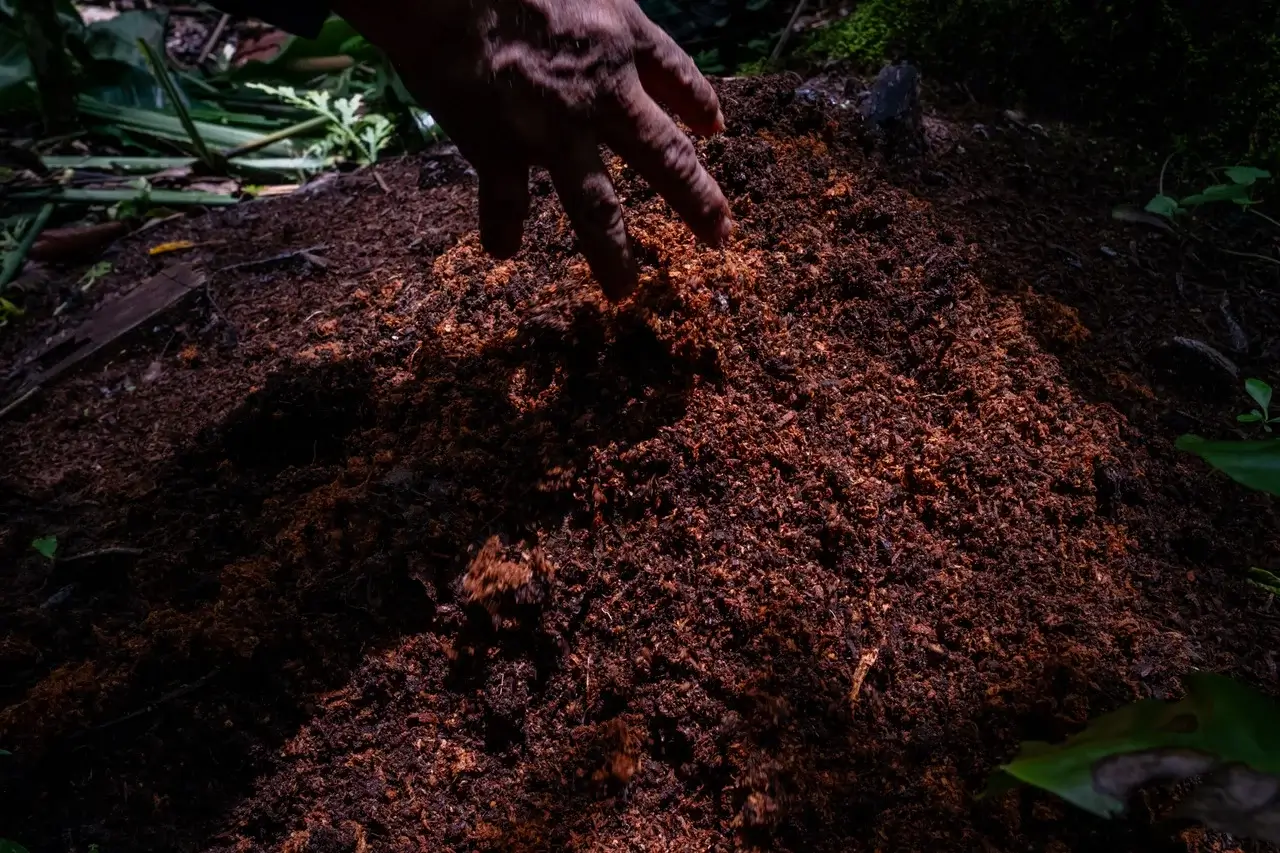

Garcia Gonzales and his father commonly attempt to appeal to additional consideration to vanilla, partaking producers along with the broader public, along with consuming locations and customers. “At the beginning, almost all of our vanilla was going to Europe. Nowadays though, we’re promoting it inside Mexico because of the similar people in Mexico don’t know that vanilla grows in La Chinantla,” says Garcia Gonzales.
His intention is to rearrange one different experimental plantation in San Felipe Usila. “The goal is to cultivate a minimum of a thousand crops there, making a kind of repository for the seven varieties,” he explains, detailing his imaginative and prescient for preserving vanilla and, by extension, safeguarding the heritage of his Chinantec custom.
